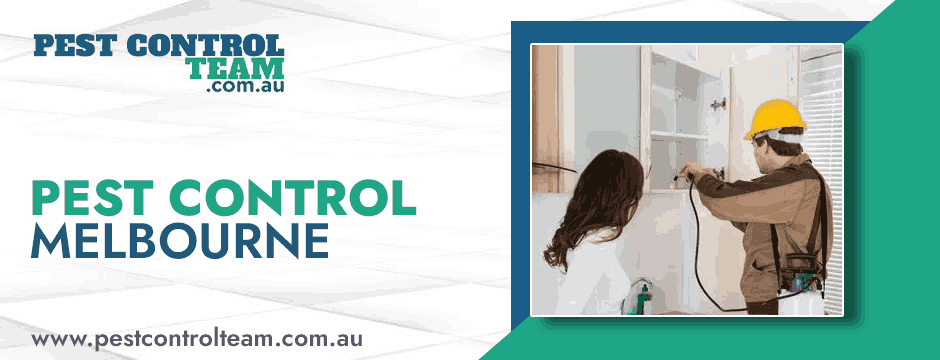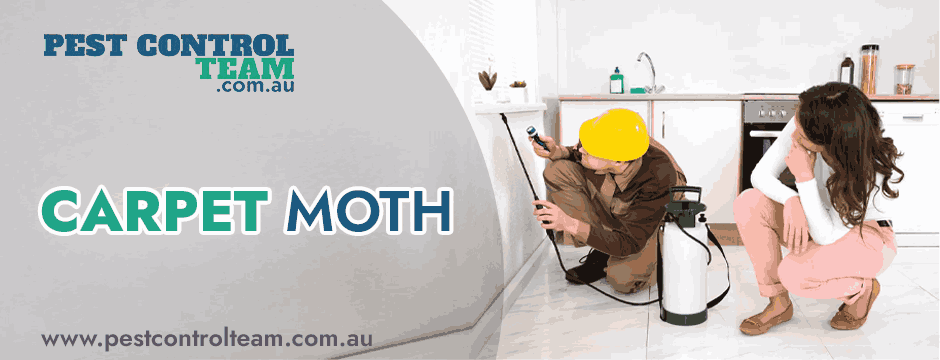Carpet moth is a common household pest that can cause significant damage to your carpets, rugs, and textiles. While small in size, their larvae have a voracious appetite for natural fibres, making wool, silk, and cotton their primary targets. Understanding how to identify, prevent, and eliminate these pests is crucial to safeguarding your home. Many homeowners first become aware of carpet moths when they spot bald patches on their rugs or threads unravelling from once-pristine carpets. The challenge is that these insects are often active in undisturbed areas, making them difficult to detect until damage is noticeable.
In this comprehensive guide, we will explore everything you need to know about these moths—from their lifecycle and favourite habitats to the best methods for prevention and control. With the right knowledge and tools, you can protect your home from these fabric-hungry pests. Effective moth control involves a multi-faceted approach that includes cleanliness, natural deterrents, chemical treatments, and vigilant monitoring. Read on to learn how to keep your carpets safe from infestation and prevent future occurrences.
Signs of a Carpet Moth Infestation
Detecting a carpet moth infestation early is key to limiting damage. Some signs that you may have a carpet moth problem include:
- Bald patches on carpets and rugs, especially in low-traffic areas.
- Shedding or unthreading of fabric fibres from the rug or carpet.
- Small cocoons or cases in hidden areas like under furniture or along the edges of carpets.
- Moth sightings, particularly adult moths near textiles or in dark corners of the home.
By the time you see adult moths, the damage has likely already begun, as moths only live to reproduce and lay eggs, not to feed.
Prevention: How to Keep Carpet Moths at Bay
Preventing a carpet moth infestation is always easier than dealing with the aftermath. The following measures will help ensure your home remains free from these fabric-feeding pests.
Regular Cleaning and Vacuuming
Moths are attracted to areas with dust, dirt, and moisture, which provide an ideal environment for laying eggs. Regularly vacuuming carpets, rugs, and upholstered furniture can help remove potential food sources for the larvae. Pay special attention to undisturbed areas such as under furniture, along skirting boards, and inside closets. Using a vacuum with a HEPA filter can also capture any eggs or larvae that may be present.
Store Textiles Properly
If you have seasonal rugs or fabrics that are not in use, store them in airtight containers to prevent moths from accessing them. Use plastic storage bins or vacuum-sealed bags to store textiles made from natural fibres. For added protection, use cedar chips or moth-repellent sachets in storage areas.
Use Moth Deterrents
Natural repellents like lavender, rosemary, and cedarwood are known to deter carpet moths. You can place sachets or blocks of these materials in closets, under furniture, or anywhere susceptible to moth activity. There are also commercial moth deterrent products available, such as mothballs, but be cautious as they may contain chemicals that are harmful to pets and children.
Control Humidity Levels
These moths prefer humid environments. Reducing humidity in your home through the use of dehumidifiers or air conditioners can make your home less hospitable to these pests. Keep rooms well-ventilated and dry to deter moths from nesting.
Effective Control Solutions for a Moth Infestation
If you suspect or confirm a carpet moth infestation, quick action is essential to prevent further damage. Here are some of the most effective control measures you can take:
Deep Cleaning
 Start by thoroughly vacuuming all affected areas, paying particular attention to hidden or infrequently used spaces. After vacuuming, dispose of the vacuum bag or contents outside of your home, as it may contain moth eggs or larvae.
Start by thoroughly vacuuming all affected areas, paying particular attention to hidden or infrequently used spaces. After vacuuming, dispose of the vacuum bag or contents outside of your home, as it may contain moth eggs or larvae.
For textiles that have been affected, such as clothing or rugs, washing them in hot water or dry cleaning will kill any larvae or eggs or take help from the reputed Pest Control Melbourne. Freezing smaller items for 24-48 hours can also help to eliminate moths at all stages of their lifecycle.
Insecticide Treatment
For more severe infestations, chemical insecticides may be required. There are specially formulated carpet moth sprays and powders available that can be applied directly to carpets and rugs. Always follow the manufacturer’s instructions and take precautions to keep pets and children away from treated areas until they are safe.
End note
Carpet moth can cause significant damage to your home if left unchecked, but with proactive measures, they can be easily controlled and prevented. Regular cleaning, natural repellents, and monitoring are all essential components of carpet moth prevention. If an infestation does occur, quick action through deep cleaning, insecticides, and professional assistance can minimize damage.
Connect with us at the Pest Control Team and avail of professional moth removal services at your home and commercial spaces. We have a team of specialized experts who ensure to delivery of the best moth removal services. Check us now!



